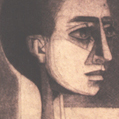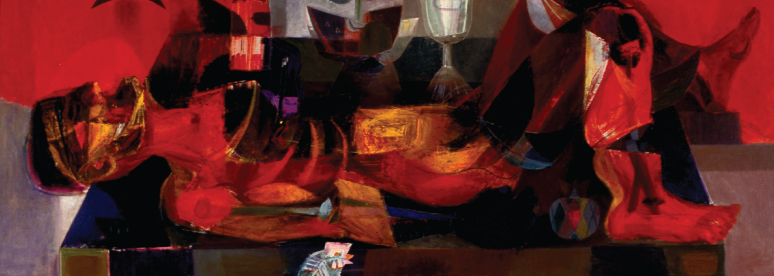PAST EXHIBITION

Still Life
Perspectives from the Collection
October 2005 – December 18, 2005
ABOUT THE EXHIBIT
Still Life Perspectives is the third in a series of exhibits drawn from the museum’s permanent collection. Several years ago the museum loaned three paintings from its collection to an exhibit entitled Latin American Still Life; Reflections of Time and Place curated by Edward Sullivan and Clayton Kirking for the Katonah Museum in New York. Their exhibit examined the culturally specific meaning that Latin American still life often carries with it and the work of artists who take the meaning of still life beyond its traditional boundaries. Our loan to that exhibit was one of the motivations for exploring the collection from the optic of still life and still life elements.
Ranging in time from the early 1940s to recent work, the exhibit takes a broad approach to show the variety of perspectives found in the collection. Although included are still life works in the sense of a traditional tabletop with a display of fruit, flowers, or tableware, there are also works that are not still life per se but contain interesting still life elements, works in which inanimate objects of all kinds (often the actual object) are isolated or recycled and function as a type of still life, and works that re-invent or subvert the archetype of the traditional still life.
In some works still life serves as a point of departure to explore mainly matters of form (color, texture, physicality, volume, line, or light) through the language of successive modernist and post-modernist styles. At the same time, religious, economic, personal, art historical, and political associations may all be embedded in the depiction of the object, and there are many examples on view in which the particular treatment of a still life element projects meanings about regional character or identity at particular moments in time.
The exhibit includes painting, drawing, prints, sculpture, photography, installation work, and assemblages. We hope that by providing a look at the some of the different and distinct perspectives on still life offered by one collection, the viewer will see objects in new ways and in different connections.

